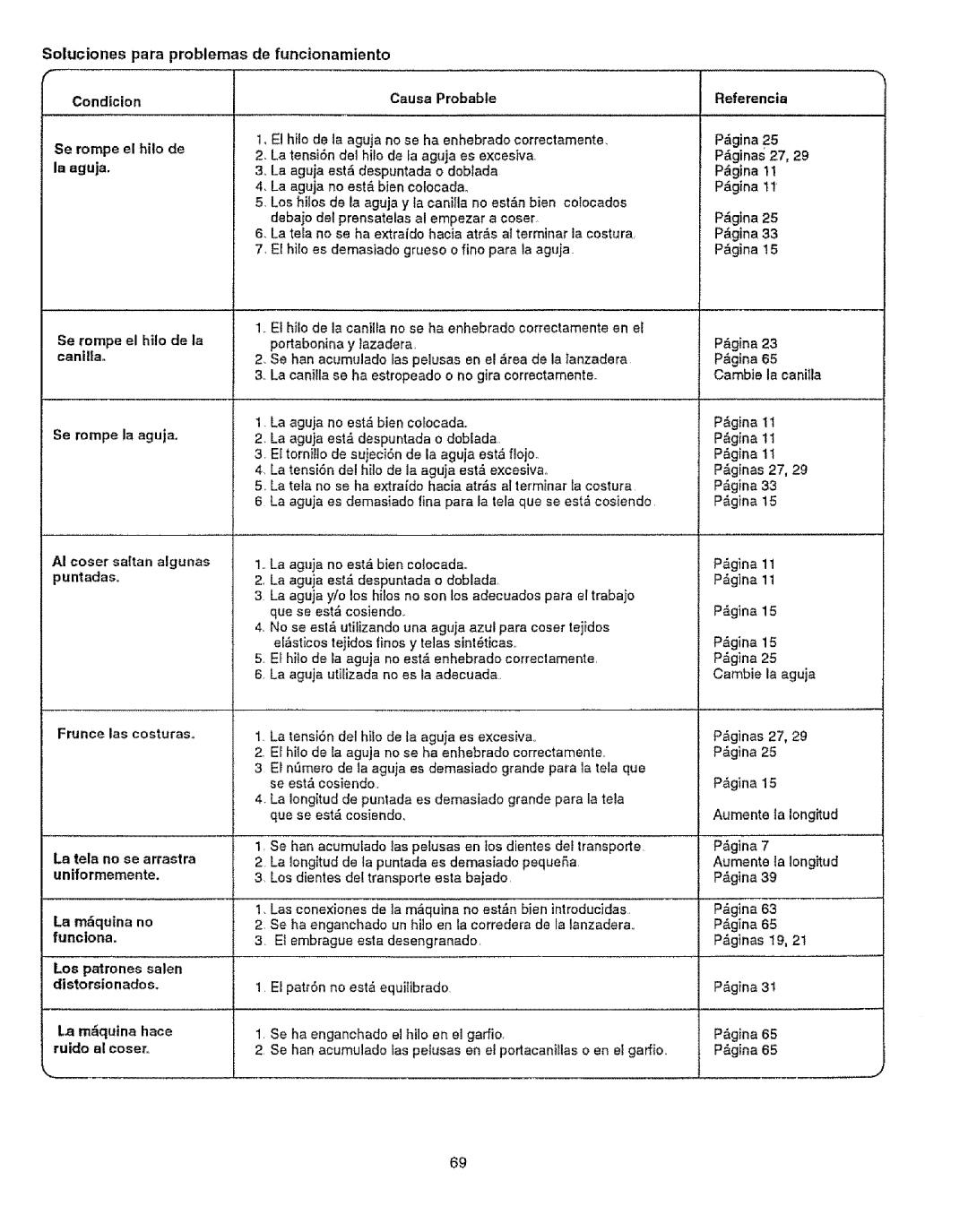385.12916, 385.12912 specifications
Sears 385.12912 and 385.12916 are two sewing machine models that have gained a reputation for their reliability and versatility. Both machines are designed to cater to a wide range of sewing needs, from basic crafting to more advanced garment construction. They are particularly popular among hobbyists and home sewists who appreciate the blend of features and user-friendly design.One of the key features of the Sears 385.12912 and 385.12916 is their straightforward interface, which makes them accessible to both beginners and experienced sewists. The machines come equipped with a variety of built-in stitches that allow users to choose from straight, zigzag, and decorative patterns with ease. This versatility ensures that users can tackle various projects, whether they are creating simple hems or intricate quilt designs.
Both models are equipped with a drop-in bobbin system that simplifies the threading process. This design minimizes the chances of jams and ensures smoother sewing. Additionally, the adjustable tension control allows users to achieve the perfect stitch quality for different fabric types. Whether sewing through delicate silk or heavier canvas, these machines maintain consistent performance.
Another notable feature is the adjustable presser foot pressure, which allows users to modify the pressure based on the thickness or type of fabric being sewn. This feature enhances the machine's ability to handle a diverse range of materials, making it ideal for those who venture into various sewing projects.
The Sears 385.12912 and 385.12916 also include a variety of presser feet that broaden their functionality. From zipper feet to buttonhole feet, these attachments facilitate specific tasks that can be completed with precision. Furthermore, the machines typically come with a free arm feature, making it easier to sew cylindrical items like sleeves and pant legs.
In terms of durability, both models feature a robust construction that can withstand the rigors of regular use. This reliability, combined with their user-friendly features, positions the 385.12912 and 385.12916 as excellent choices for anyone looking to invest in a capable sewing machine.
In summary, Sears 385.12912 and 385.12916 offer a seamless blend of functionality, user-friendliness, and durability. With their impressive range of built-in stitches, adjustable settings, and versatile accessories, these machines cater to a wide array of sewing needs, making them an excellent choice for both beginners and advanced sewists alike.

